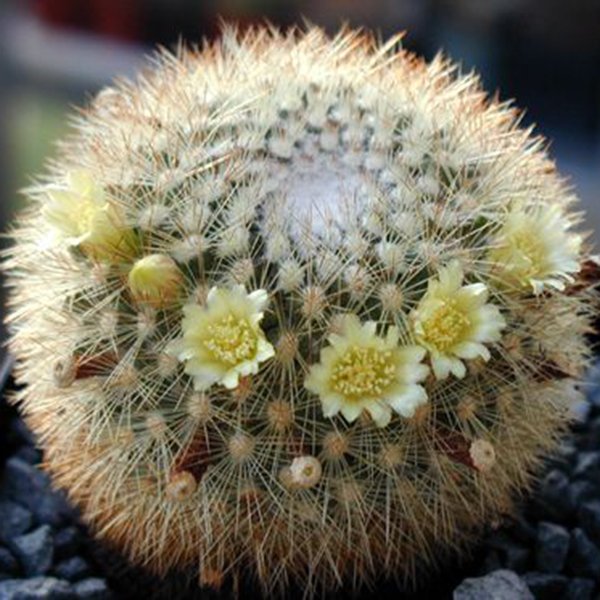Cactus plants do not have leaves because they originate from harsh climates with high temperatures, so in order to control the plant’s evaporation, the leaves have turned into spines.
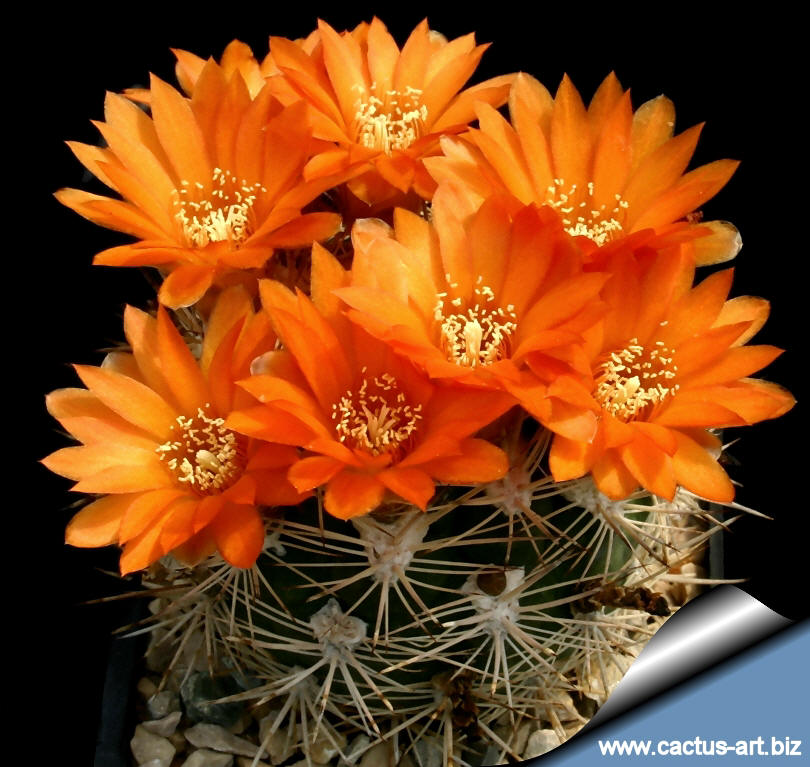
But cacti have beautiful flowers with petals distributed evenly and concentrically. According to some documents, most cactus flowers are bisexual, blooming in both morning and evening depending on the species.
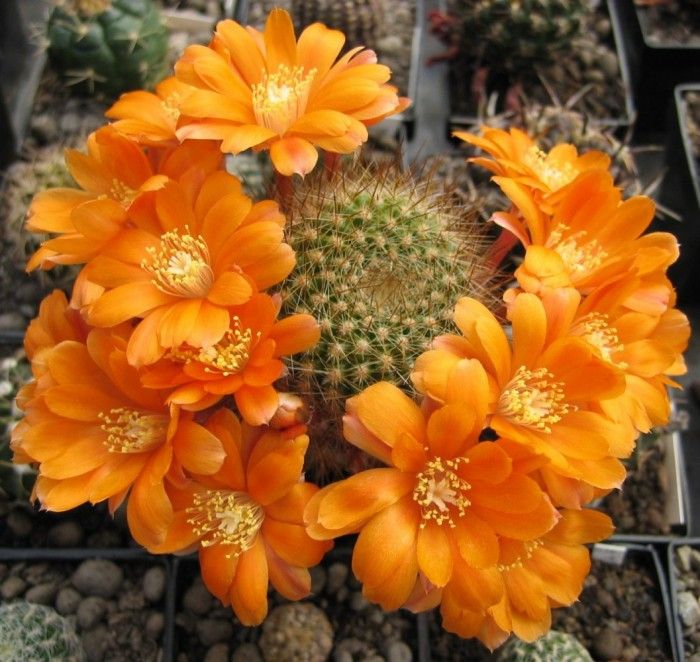
According to Greenthumb, the fact that cacti have flowers is due to a natural reproductive mechanism, like all creatures in the world. However, not everyone has the opportunity to see cacti flowering because they require certain conditions.
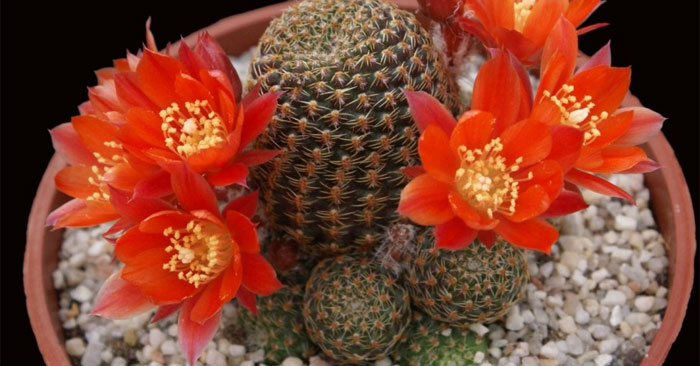
Which cacti have flowers?
According to scientific documents, every cactus has the ability to bloom, but to be able to do this requires quite a lot of effort.
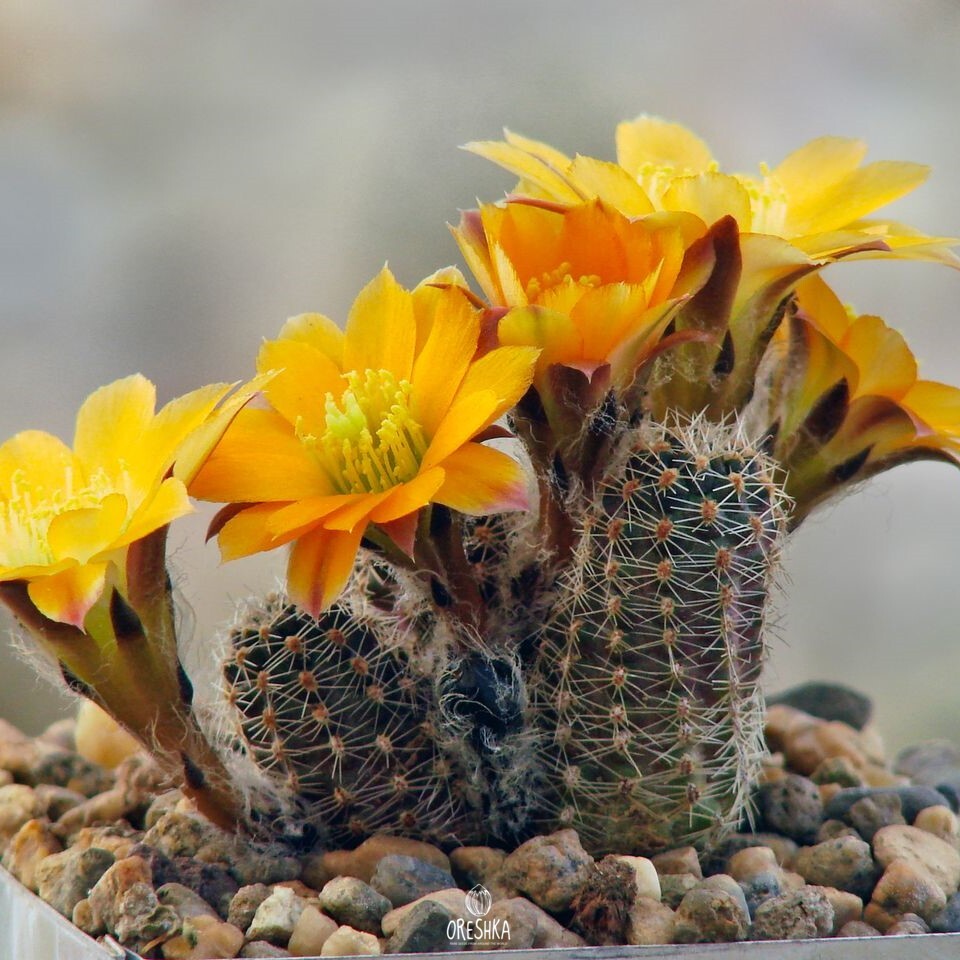
In fact, there are cacti that have not had any flowers for several years, even decades. But suddenly one day, they suddenly bloomed brilliantly. That’s why young cacti rarely have flowers.
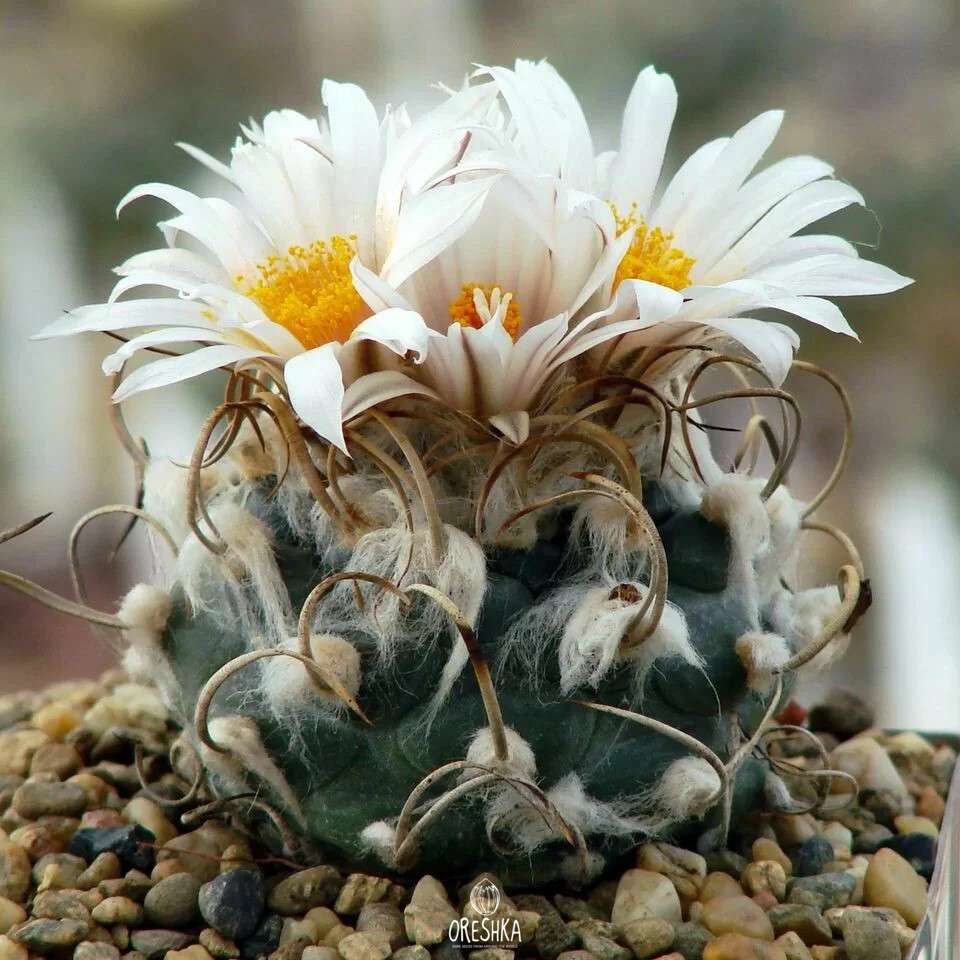
Ideal growing conditions, environment, and climate are also a determining factor in the blooming of cacti. Even if you have everything you need, your cactus may never flower.
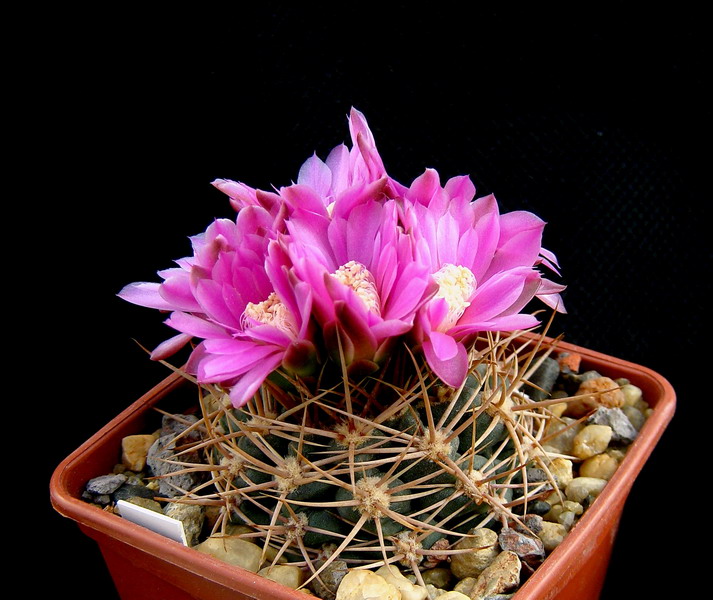
Some documents say that cacti can take from 1 – 100 years, depending on the cactus variant, to be old enough to grow the first flower.
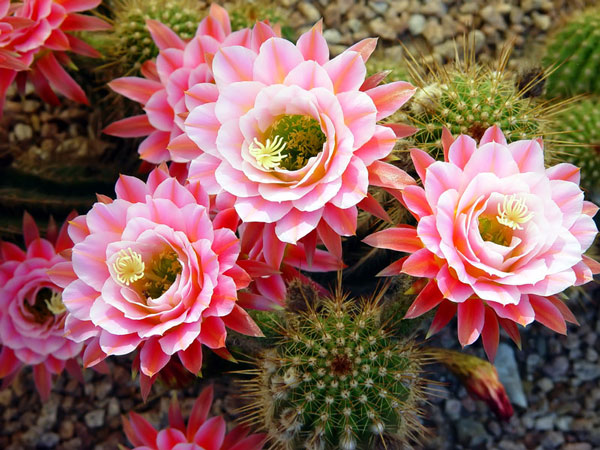
Lifestyles change according to harsh conditions
Cacti grow in very harsh environments, resources in deserts are extremely limited, so cacti need to find many ways to reproduce successfully. If there are not enough resources to produce flowers, or there are no pollinators around, cacti will reproduce asexually by forming mini “clones” of themselves.
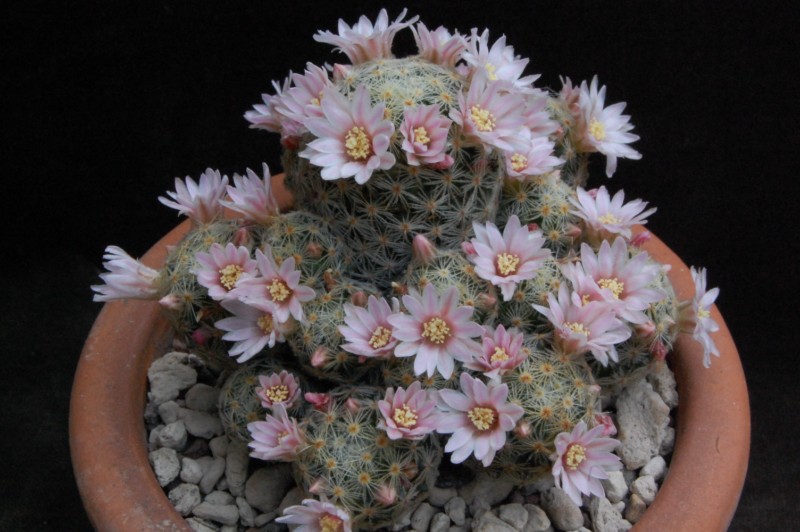
These “copies” have characteristics similar to the parent plant in every way, so it will help them survive but will not help them evolve to adapt to changes in the surrounding environment. Because evolution can only be achieved by sexual reproduction, meaning the flower is pollinated by a pollinator, such as a bee, butterfly… so that genetic material is exchanged, and a completely new individual is created. through fruit form.
